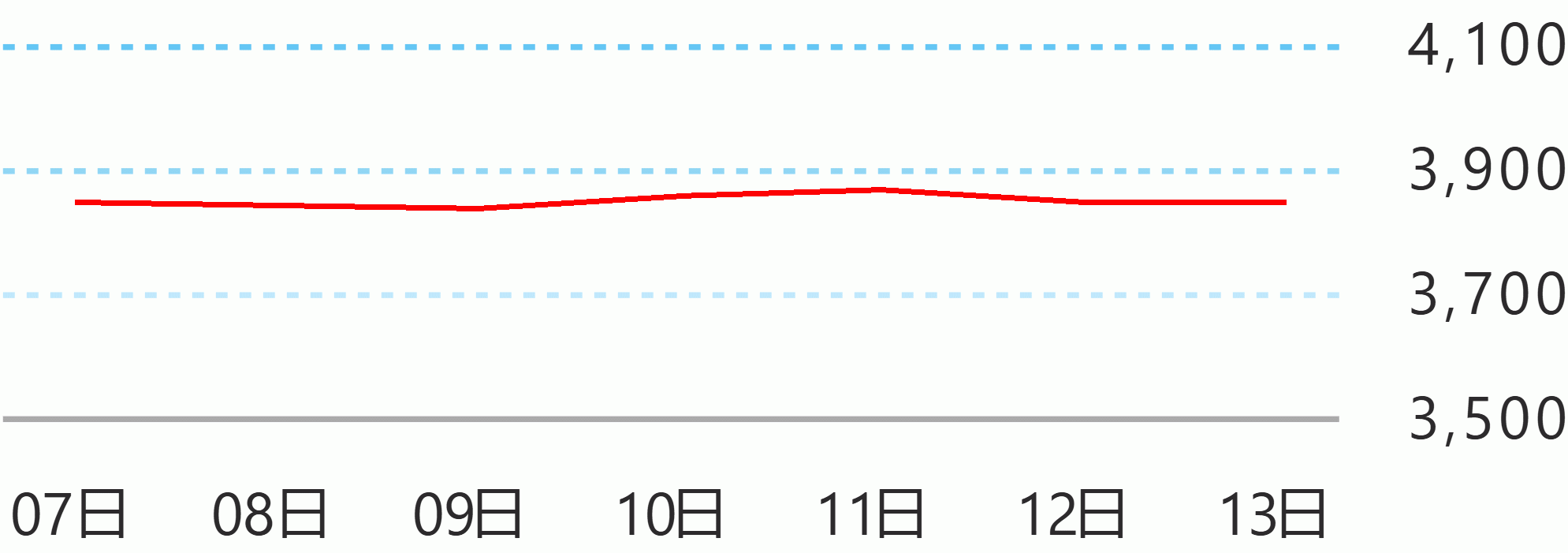The country's net external liability position widened to P1.5 trillion in the third quarter of 2022 from P1.3 trillion in the second quarter of 2022 due to a) the higher net external liabilities of the general government (GG) and b) the lower net external assets of the Central Bank (CB) and the other depository corporations (ODCs).
By sector, the non-financial corporations (NFCs) remained the largest net debtor in the domestic economy at P8 trillion in the third quarter of 2022, albeit lower than the P8.04 trillion in the previous quarter.
The slight improvement in its net liability position resulted from the NFCs’ increased lending to its foreign affiliates and higher holdings of equity and investment fund shares.
In contrast, the NFCs’ outstanding loan obligations to the ODCs expanded, reflecting the need for additional working capital amid the improvement in their customers’ economic outlook and NFCs’ higher financing needs for receivable items.
Notwithstanding the NFCs’ indebtedness, the sector’s total liabilities-to-gross domestic product (GDP) ratio declined on the back of the country’s steady recovery.
The GG’s net debtor position widened to P7.7 trillion in the third quarter of 2022 from P7.3 trillion in the second quarter 2022 as the sector remained highly indebted to the rest of the world (ROW), other financial corporations (OFCs), and ODCs.
The GG’s net external liabilities increased on account of higher availments of additional loans from external creditors as well as the depreciation of the Philippine peso.
Meanwhile, the GG’s net indebtedness to the OFCs and ODCs widened, reflecting the increase in its issuances of government securities (GS).
As a result, the GG’s total liabilities-to-GDP ratio posted an increase from the previous quarter.
The households remained the largest net creditor in the domestic economy at P11.5 trillion in the third quarter of 2022, higher than P11 trillion in the second quarter of 2022, amid the expansion in its net claims.
This developed on account of the increase in a) the households’ deposit placements with the ODCs and b) the sector’s investments in OFC-issued equity securities.
Meanwhile, the households’ loan obligations to the ODCs expanded on the back of higher demand for consumer loans amid the continued net easing of bank credit standards to the sector.
The ODCs’ net creditor position narrowed slightly to P1.99 trillion in the third quarter of 2022 from P2.05 trillion in the previous quarter on account of the lower net claims from the CB, which are comprised mainly of deposits and placements in BSP facilities (including reverse repurchase agreements (RRPs), Term Deposit Facilities (TDFs), and BSP-issued debt securities).
Meanwhile, this development was partly offset by the sector’s higher net claims from a) the NFCs, in the form of loans and b) the GG, in the form of GS holdings.
The CB’s net creditor position expanded to P937.9 billion in the third quarter of 2022 from P793.4 billion in the second quarter of 2022 mainly on account of the sector’s lower net financial liabilities to the ODCs.
This development more than compensated for the contraction in the CB’s net external asset position primarily because of the decrease in the value of the BSP’s reserve assets. BSP





 English
English








